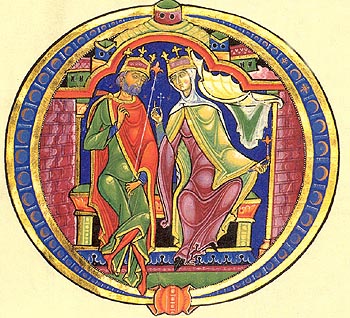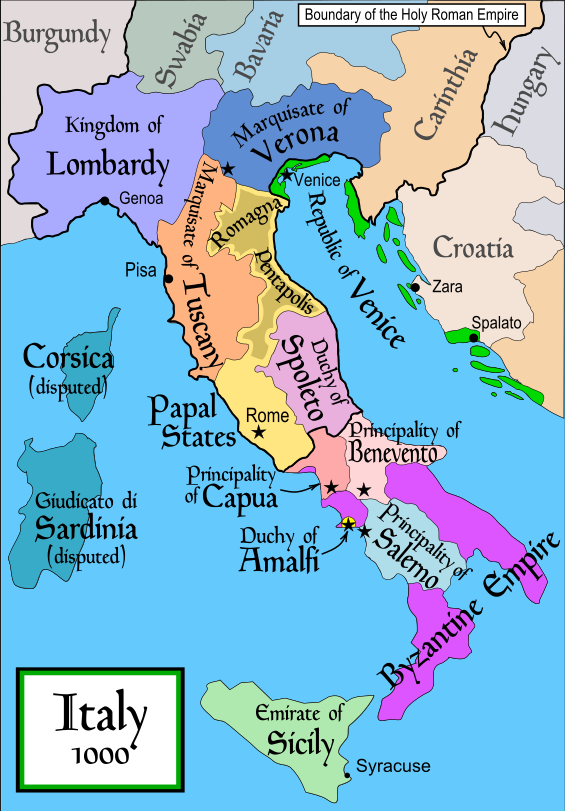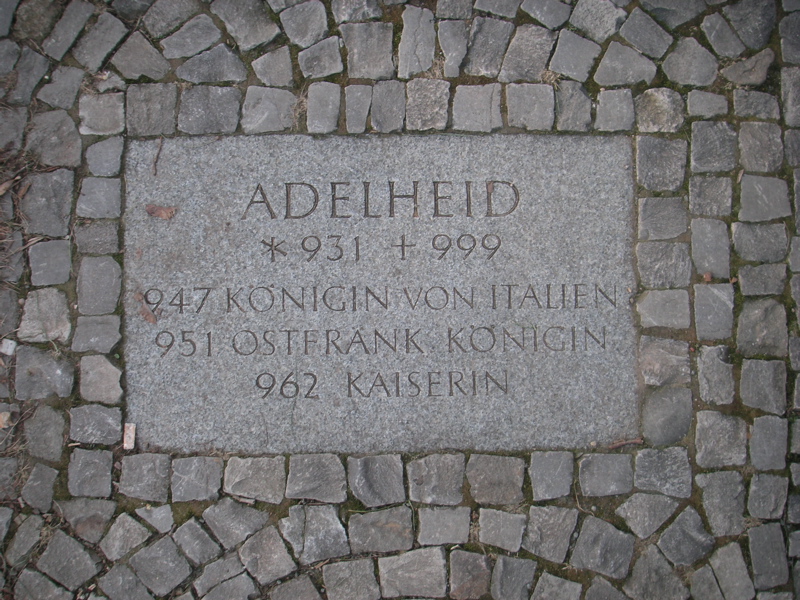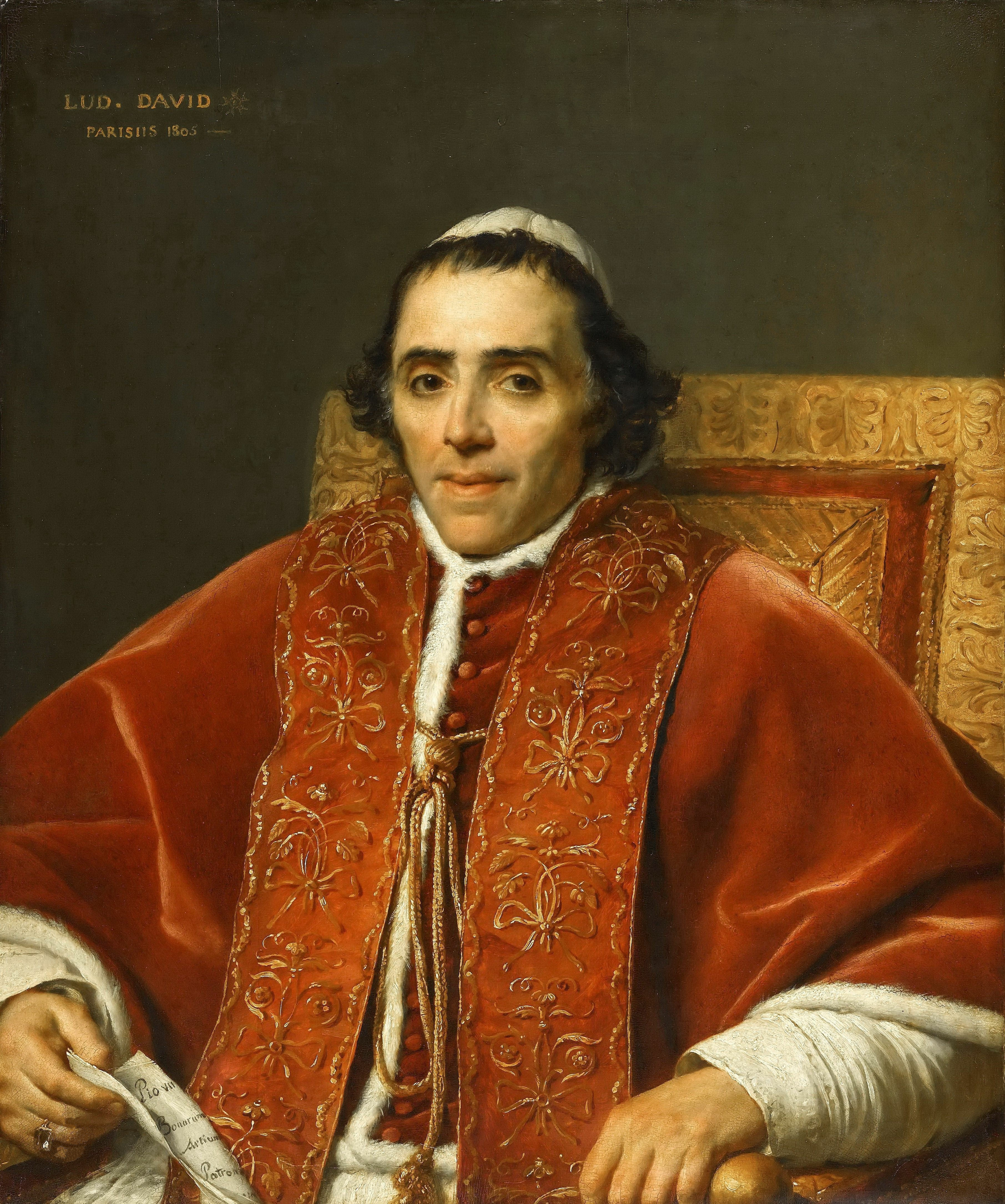January 1, 1927:
The Cristero Revolt Begins
 In July 1926, tensions between the Catholic Church in Mexico and the revolutionary government of President Plutarco Elias Calles reached a crisis point. On July 2, Calles issued a penal code that laid down penalties for those who violated the anti-clerical articles of Mexico's Constitution of 1917. Not only did Calles insist that all priests in Mexico register with the government -- a measure preparatory to exile, or worse -- he deported 200 foreign born priests and religious. In protest, the bishops of Mexico supported an economic boycott that the lay Catholic leader of the Liga Nacional Defensora de Libertad Religiosa, René Capistran Garza, had called for. Then, with the support of Pope Pius XI, the bishops placed on interdict on Mexico. At Vespers on July 31, 1926, all public religious ceremonies ceased; the next day, no public Masses were said in all Mexico.
In July 1926, tensions between the Catholic Church in Mexico and the revolutionary government of President Plutarco Elias Calles reached a crisis point. On July 2, Calles issued a penal code that laid down penalties for those who violated the anti-clerical articles of Mexico's Constitution of 1917. Not only did Calles insist that all priests in Mexico register with the government -- a measure preparatory to exile, or worse -- he deported 200 foreign born priests and religious. In protest, the bishops of Mexico supported an economic boycott that the lay Catholic leader of the Liga Nacional Defensora de Libertad Religiosa, René Capistran Garza, had called for. Then, with the support of Pope Pius XI, the bishops placed on interdict on Mexico. At Vespers on July 31, 1926, all public religious ceremonies ceased; the next day, no public Masses were said in all Mexico.
(The following comes from our high school American history text, Lands of Hope and Promise: A History of North America.)
The bishops had calculated that an interdict would rouse faithful Catholics against the government. They did not realize how terrible the response would be. From August to September 1926, spontaneous armed uprisings occurred, north of the capital, in west-central Mexico. In Guadalajara, 400 armed Catholics barricaded themselves in the church of Our Lady of Guadalupe. The insurgents stoutly defended themselves and only surrendered when they ran out of ammunition, leaving 18 dead and 40 wounded. Though other uprisings also ended in failure, they gave evidence that devotion to the Faith in Mexico was far from dead. Indeed, it was growing revolutionary.
The Liga Defensora caught the wind of revolt and decided to try to organize a full-scale rebellion On January 1, 1927, Capistran Garza issued a call to arms: A la Nación -- "To the Nation." The response was immediate. Anacleto González Flores, though he had been urging peaceful means, gave his approval to the rebellion, and thus the Union Popular entered the fight. On January 2, at San Miguel El Alto in Jalisco, Miguel Hernandez and Victoriano Ramirez organized a force of ranchers and farmers, armed with old guns, clubs, machetes, and axes. Similar uprisings occurred in Nayarit, Guanajuato, Zacatecas, and in Colima, chiefly among small farmers and ranchers, share croppers and laborers. Like the Zapatista peasants (some of whom joined the rebellion), the peasants of central Mexico had risen -- this time in defense of the Church.
Who Were the Cristeros?
 |
| Anacleto González Flores |
Not everyone who joined the ranks of the Cristeros did so for the best of reasons. Some Cristeros leaders did so, not for the defense of religion, but to further their own aims. Even some of the rebellion's true adherents had mixed motives; for, other consider-ations (such as frustration over the slow pace of agrarian reform or, even, a hankering for adventure) influenced a would-be insurgent. Still, considering the movement as a whole, it was the religious motive that was paramount. Too, middle class, professional men (such as Capistran Garza and Anacleto González Flores) were central to the rebellion; nevertheless the rank and file of the Cristero insurgent army (which included women and children as well as adult men) were drawn mostly from the peasant classes -- the same sort who had followed Emiliano Zapata.
Calling the Cristeros peasants should not invoke disdain. For, though roughly 60 percent of them had never attended any school, like other peasant societies, they had a rich and evocative oral culture. Their dialect of Spanish, which would have been hard for a city-dwelling Mexican of the period to understand, was not, on that account, an inferior avenue of expression. The Spanish spoken by many of the Cristeros was essentially the Castillian dialect of the 15th-16th centuries, the period of some of Spain's greatest literary achievements. It had a wide vocabulary drawn in part from the Gospels and the literary works of the Middle Ages. Yet, though their culture was oral, the Cristeros were not uninterested in literary works. Indeed, many of them taught themselves to read and indulged, not only in devotional books, but textbooks on law and even astronomy. Moreover, it was not unusual for those who were literate to read to their companions in camp or while they were engaged in work. Even the illiterate insurgent had an intellectual curiosity.
 |
Commanders of the Cristero
Castañon Regiment with their banner
|
"Sacrificing themselves for the Cause of God" -- this phrase aptly sums up how the Cristeros saw themselves. Still, it would be mistaken to think of all Cristeros as holy or as strict followers of Catholic moral precepts. The fact that General Michel had to forbid gambling, drunkenness, and prostitution among his men demonstrates that they were not strangers to these vices. And though in many regions, such as Jalisco, the peasants had benefited from sound catechesis and a vibrant sacramental life, in others (where priests had been few or even nonexistent) the Catholic Faith was confused with Indian pagan beliefs and practices.
Some among the peasant Cristero leaders -- when circumstances called them to it -- discovered an aptitude for political organization. To maintain order in the liberated regions of Jalisco, Colima, Zacatecas, and Michoacán, Cristero leaders had to establish governments that, though led by military men, were nevertheless democratic in character. Religion inspired these civil governments to crack down on immoral behavior, including speculation in trade. For instance, General Manuel Michel, who was both military and civil leader in south Jalisco, did not allow drunkenness, gambling, and prostitution among his troops, and insisted that they say a daily rosary. If wealthy hacendados refused to supply his army, he seized from them whatever he needed. He punished severely dealers in maize and other foodstuffs who tried to make money over and above a just return for their product and services. "Those who are making money," said one Cristero leader, "are our enemies, the maize dealers, and that is not what we want, it is not the time to be making money and sucking the blood of the people who are sacrificing themselves for the Cause of God."

Still, the Cristeros were men committed to their Catholic religion, which they encapsulated in the phrase, "Kingship of Christ." They did not rise up against the government because of any natural proclivity for revolution, for these peasants had a deep regard for constituted authority and were profoundly patriotic (they continued to carry the Mexican tricolor flag in battle, but emblazoned with the image of Our Lady of Guadalupe). They rose because the civil authority had dared to assert itself against Cristo Rey. It had threatened to starve their souls by removing their priests, who alone could effect the sacramental bread that feeds men with God. Calles, they thought, was the servant of Freemasonry, Protestantism, and the United States -- the great northern nation that had stolen vast amounts of territory from Mexico, that (as some Cristeros themselves had experienced) mistreated Mexican workers within its borders, and was now backing those who would kill Mexico's very soul. And though most of their bishops opposed their uprising, the Cristeros saw themselves as the defenders of the Church, joined in the epic battle that had first pitted the Archangel Michael against the enemy of mankind. "...All history is the history of this war," said the Cristero, Ezequiel Mendoza:
Woe to the tyrants who persecute Christ the King! They are the beasts in human shape of whom the Apocalypse speaks!... Now the Calleses are pressing us, they say it is because we are bad, because we are stubborn in wanting to defend the honor and glory of Him who died naked on the highest Cross between two thieves, because he was the worst of all humans he did not wish to submit to the supreme lord of the earth.
Like Cristo Rey, the Cristeros refused to submit to the "lord of the earth" or his minion, Plutarco Calles.
Music of the Cristeros
The Cristero "Himno de la Accion Catholica Mexicana" -- Hymn of Mexican Catholic Action.
A Cristero corrido (ballad) about the priest martyr, Saint Toribio Romo,who was murdered by Federal troops on February 25, 1928.




















